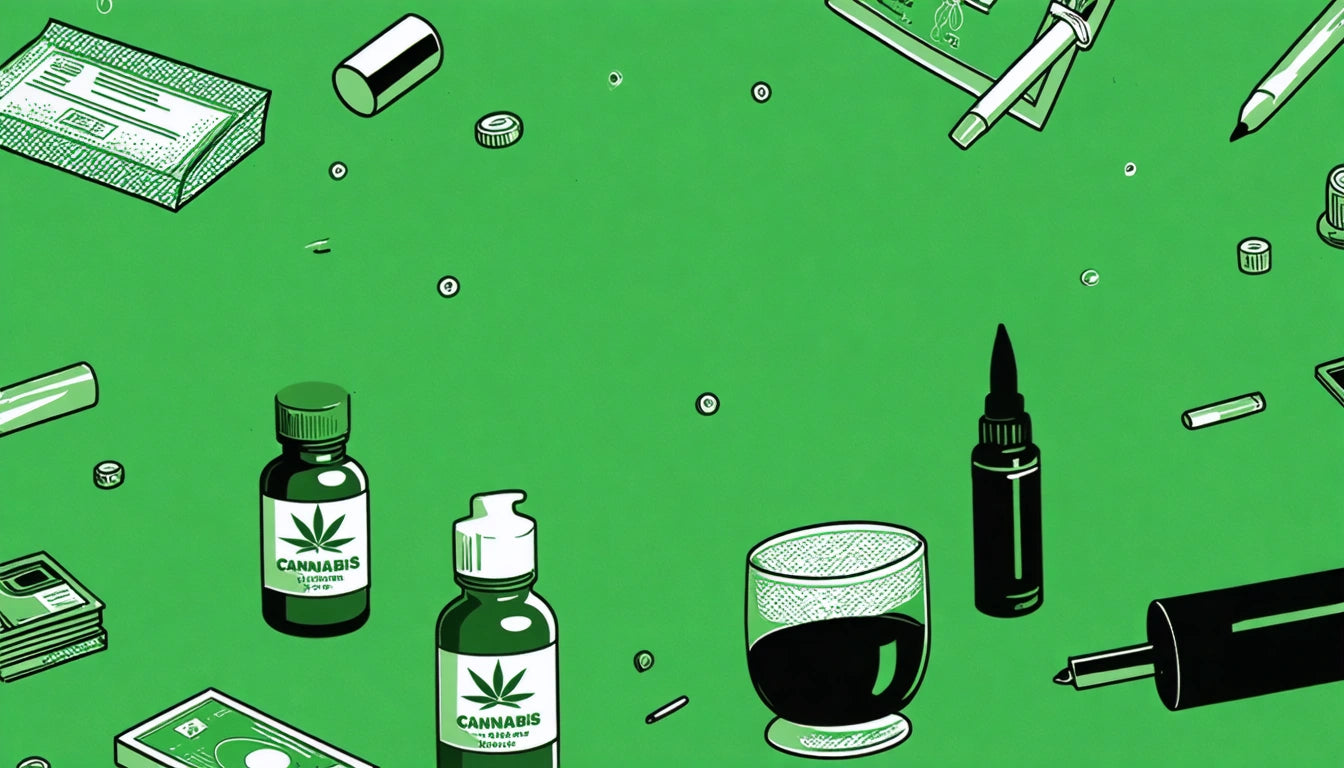Table of Contents
Should You Ditch Plastic Windows in Paper Packaging?
The cannabis industry faces growing pressure to adopt sustainable packaging solutions while maintaining product visibility and brand appeal. Plastic windows in paper packaging create a hybrid solution that allows consumers to see products before purchase, but this convenience comes with environmental trade-offs. As regulations tighten and consumer preferences evolve, brands must consider whether these viewing windows are worth their environmental cost.
Understanding Plastic Windows in Paper Packaging
Plastic windows typically consist of PET (polyethylene terephthalate) or PLA (polylactic acid) film inserted into paper or cardboard packaging. These windows serve multiple purposes: they allow consumers to inspect products visually, they showcase product quality, and they create distinctive shelf appeal. In the cannabis industry, these windows have become particularly common in pre-roll packaging and flower containers.
The combination of materials creates a packaging solution that seems to offer the best of both worlds: the perceived sustainability of paper with the functionality of plastic. However, this hybrid approach creates significant challenges for recycling and environmental sustainability.
Environmental Impact of Mixed Materials
The primary environmental concern with plastic windows is that they create a mixed-material product that complicates recycling. Most recycling facilities aren't equipped to process packaging that combines different materials, as this analysis of packaging materials explains.
When consumers attempt to recycle these hybrid packages, several problems can occur:
- The entire package may be rejected and sent to landfill
- The plastic window may not be properly removed, contaminating paper recycling streams
- Additional energy and resources are required to separate materials
- Microplastic pollution can occur when these materials break down
Even when the plastic window is made from PLA (often marketed as "compostable plastic"), industrial composting facilities are required for proper breakdown, and these aren't available in many regions.
Alternatives to Plastic Windows
Cutout Windows
Some brands are replacing plastic film with simple cutout windows that contain no material at all. While this maintains visibility, it creates challenges for product protection and compliance, especially in the cannabis industry where child-resistance and odor control are often required.
Plant-Based Transparent Films
Innovations in cellulose-based films derived from wood pulp offer promising alternatives. These materials can provide transparency while maintaining compatibility with paper recycling streams. However, they typically cost more than conventional plastic films.
Full Paper Packaging with Enhanced Graphics
Many brands are moving away from windows entirely, instead using high-quality printing and photography to show the product. This approach is gaining traction among companies looking for fully sustainable packaging solutions.
Mylar Bags with Viewing Options
For cannabis products specifically, many brands are using specialized mylar packaging for eighth-ounce quantities that incorporate clear panels or full transparency while maintaining child-resistance and freshness. These solutions acknowledge the consumer desire for product visibility while using a single material type.
Consumer Perspective on Packaging Transparency
Research indicates that consumers value the ability to see products before purchase, particularly with premium items like cannabis flower. However, sustainability concerns are increasingly influencing purchasing decisions.
A 2023 consumer survey found that:
- 72% of cannabis consumers consider sustainability when making purchasing decisions
- 64% prefer to see the product before purchasing
- 58% would choose a product with sustainable packaging over one with a viewing window if quality was otherwise assured
This suggests that while visibility remains important, brands that effectively communicate quality and sustainability may successfully transition away from plastic windows.
Business Considerations When Removing Plastic Windows
Companies considering the removal of plastic windows should evaluate several factors:
Cost Implications
Removing plastic windows often reduces material and production costs. Simplified packaging typically requires fewer manufacturing steps and materials, potentially improving margins.
Brand Perception
Brands positioned as eco-conscious can benefit from removing plastic windows, particularly when this change is communicated effectively to consumers as part of a broader sustainability initiative.
Regulatory Compliance
As packaging regulations evolve, single-material solutions may face fewer restrictions and compliance hurdles, especially in jurisdictions implementing extended producer responsibility laws.
Product Protection
Without transparent windows, packaging must be redesigned to maintain product protection while enhancing other features that communicate quality and value.
Sustainable Future: Balancing Visibility and Environmental Responsibility
The trend toward eliminating plastic windows represents a broader shift in packaging philosophy that prioritizes end-of-life considerations during the design phase. Forward-thinking cannabis brands are exploring creative solutions that satisfy consumer expectations for both visibility and sustainability.
Some innovative approaches include:
- QR codes linking to video content showing the actual product
- Augmented reality experiences that allow virtual product inspection
- Samples or display products at retail locations
- Transparent packaging made entirely from renewable materials
As material science advances, we may soon see truly sustainable transparent materials that offer the benefits of plastic windows without the environmental drawbacks. Until then, brands must weigh the marketing advantages of product visibility against growing consumer and regulatory pressure for truly sustainable packaging solutions.
The decision to remove plastic windows ultimately depends on your brand positioning, customer expectations, and commitment to environmental responsibility. By thoughtfully considering alternatives and clearly communicating the rationale behind packaging choices, cannabis companies can turn sustainability challenges into opportunities for brand differentiation and consumer connection.











Leave a comment
All comments are moderated before being published.
This site is protected by hCaptcha and the hCaptcha Privacy Policy and Terms of Service apply.